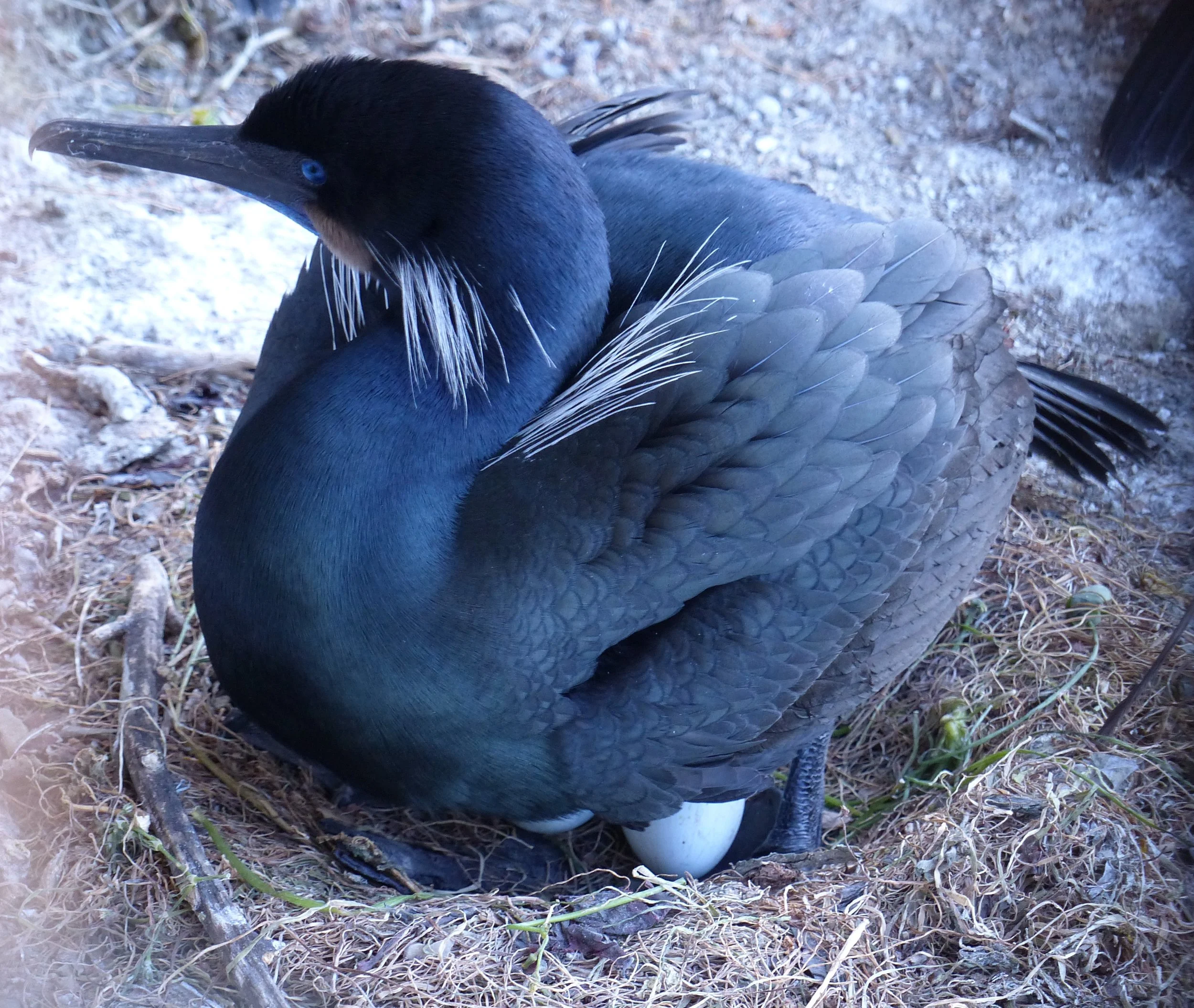
Forage fish
- studies continued for ecosystem-based fisheries management of anchovies
- updating population estimates and work to establish new harvest control guidelines

California-South Africa Upwelling
- upwelling modes were described for the Benguela Upwelling Ecosystem
- first project papers were submitted to a peer-review journal

Subarctic ecosystems
- non-stationarity in biophysical relationships are being studied in Alaska by Litzow et al.
- funding was provided by NSF and NOAA

Ocean Condition Indicator (MOCI)
- MOCI is published online quarterly; manuscript was published in a peer-reviewed journal
- latest MOCI updates show the return to normal nearshore ocean conditions and reduction of the recent marine heatwave


Seabird monitoring
- 301 seabird nests on Alcatraz Island were monitored from March-September
- approximately 90 days at sea were logged during CalCOFI and NMFS juvenile rockfish surveys; over 30,000 individual seabirds from ~55 species were tallied

California Current Predator Diet Database (CCPDD)
- The CCPDD was utilized in a workshop at the PICES Annual Meeting to highlight a) gaps in information about marine predator forage needs, b) the need for data standardization, c) the loss of important details when data are averaged, and d) the importance of better understanding of prey-switching.

Krill
- summary of 15 years of krill hydroacoustic surveys (n = 29) encompassing over 61,000 miles surveyed and 447 significant krill hotspots identified on the US West Coast
- in 2016, 4,983 miles were surveyed and 8 krill hotspots were identified in California

State Senate science testimony
- On April 28, 2016, Dr. Bill Sydeman testified to the California Joint Sub-Committee on Fisheries and Aquaculture in a hearing titled "Crab Season and Domoic Acid: Lessons Learned". Bill spoke about ocean conditions that may have affected the production of domoic acid which was found in Dungeness crabs and is toxic to people.









